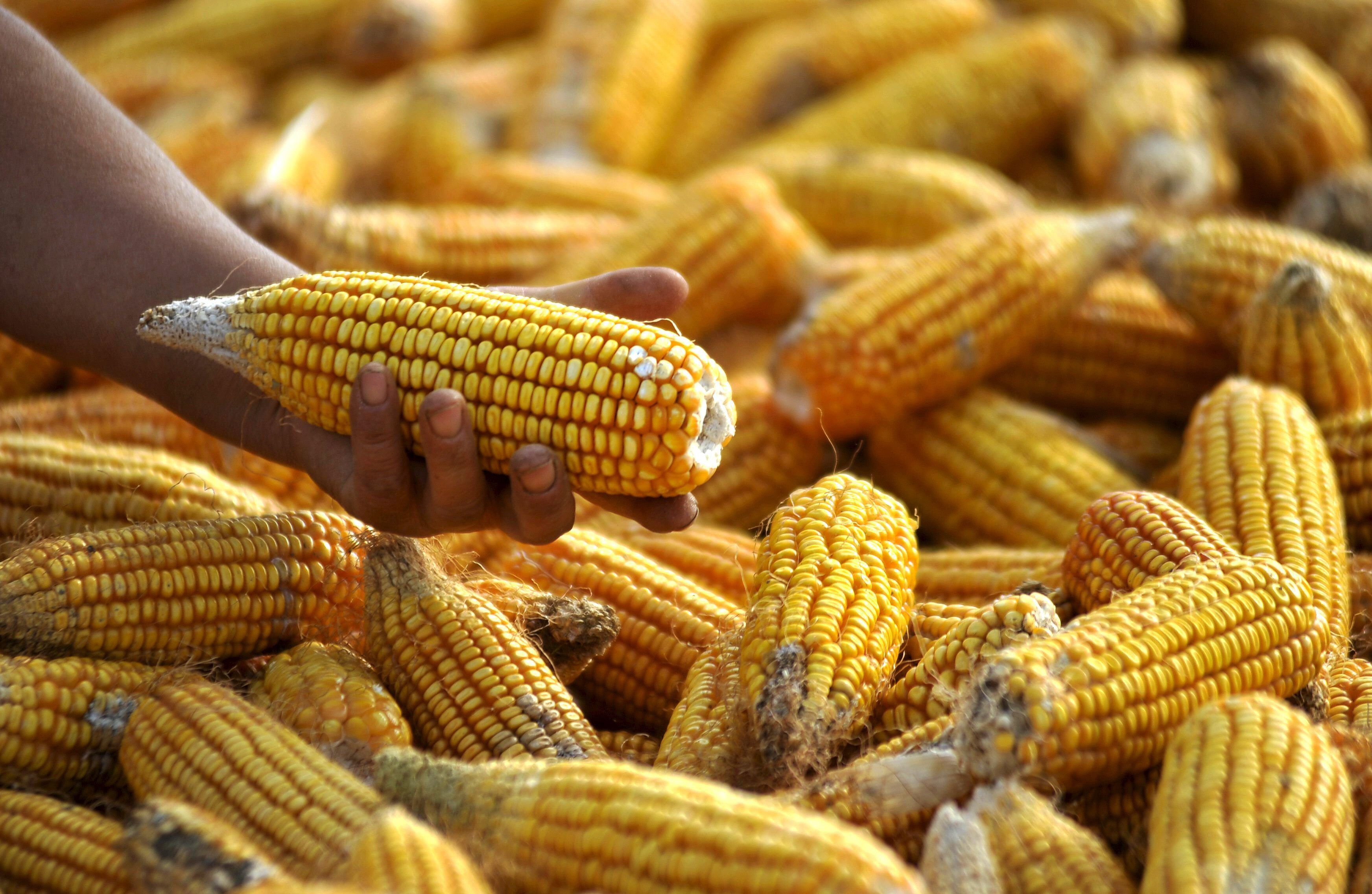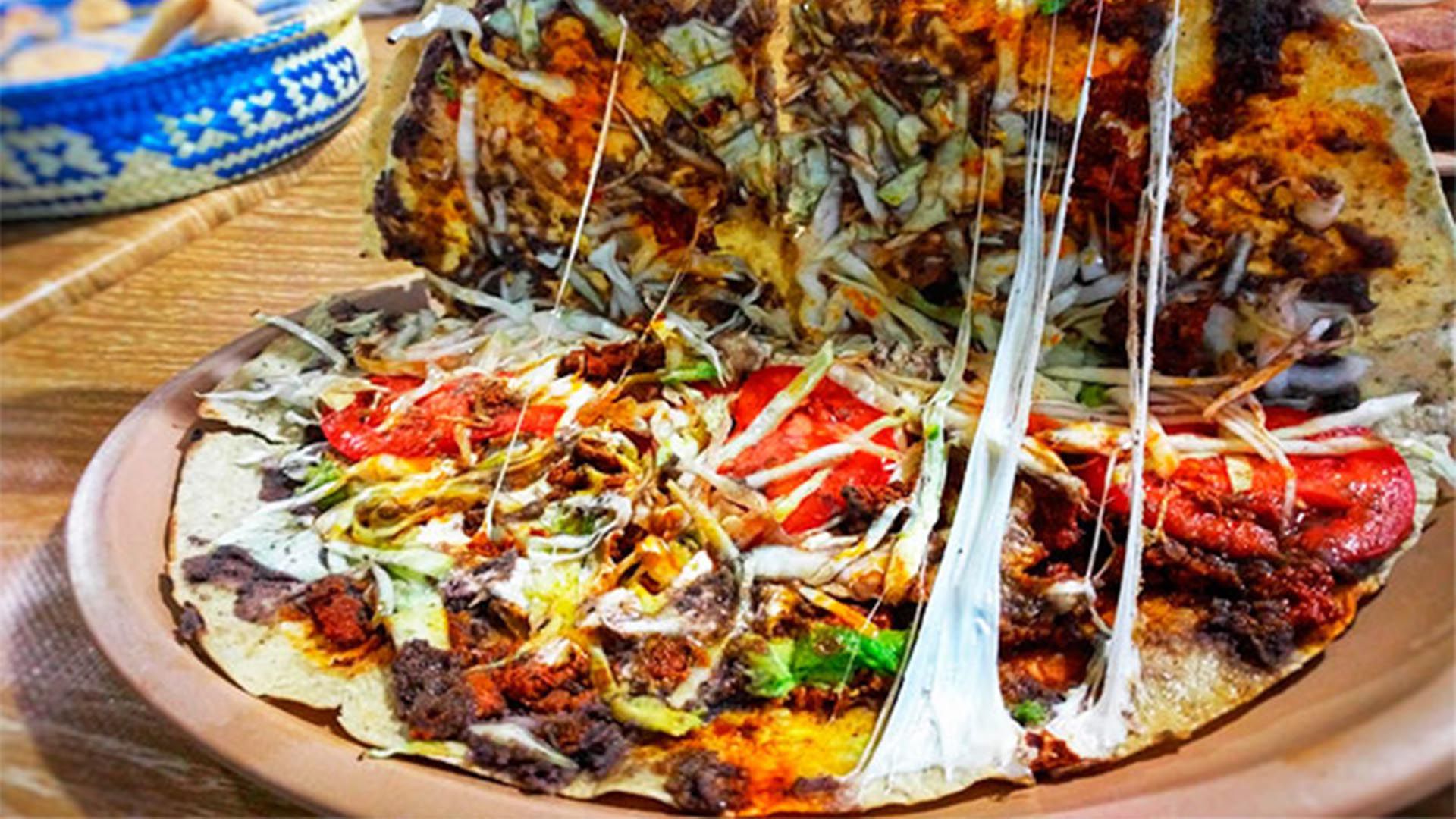
Tlayuda, that exquisite giant tortilla full of flavors and textures, is one of the many treasures that pre-Hispanic cultures left the country. It is a representative food of the state of Oaxaca that surprises anyone's palate. It can be eaten as a sope, quesadilla or taco, since its large size allows the taster to accommodate and taste the dish in their own way.
The preparation consists of making a corn tortilla of approximately 30 centimeters in diameter, it must be browned on a griddle and then various ingredients such as meat, vegetables are placed in it and cheese and sauce cannot be missing.
The Government of Mexico emphasizes that it is a “complete, versatile and balanced dish, as well as being a source of Mexican history and identity.” The history of tlayuda dates back to pre-Columbian times, something that can be seen from the name, since the same source points out that the name comes from the Nahuatl word tlao-li which means “shelled corn” and is complemented by the suffix uda, which denotes “abundance”.
The life of Mexican society would not be the same without the creativity of the native peoples, because thanks to their knowledge and intuition, they managed to inherit us countless stews with corn such as tamales, tortillas, pozole and of course, tlayuda.
For this reason, corn has always been a very important sustenance in Mexican food, a crop that has had economic, social, cultural and above all religious relevance, since it was associated with pre-Hispanic gods such as Cintéotl, Iztauhquicintéotl, Cozauhquicintéotl, among others.

Zapotec communities have been responsible for preserving, improving and sharing one of the most characteristic recipes in Oaxaca, specifically in the San Antonio de la Cal region, a municipality located in the center of the state. Researcher Alejandro Hernández emphasizes that women are the protagonists who have been responsible for preparing and distributing this food for centuries.
The traditional ingredients of tlayudas are black beans, tasajo or dried meat enchilada, chorizo, quesillo, cecina and avocado. However, it is also very common to find proposals with grasshoppers, scales or shellfish.
Another of the countless wonders of this meal is that most are satisfied with one piece, because due to its characteristic size, not all people can eat more than one.
The popularity of this dish has crossed borders, since in 2020 tlayuda won the Street Food Latin America championship , an event organized by Netflix, one of the most famous streaming platforms. The event was held on the social network Twitter.

Finally, the gastronomy of the territory has conquered the hearts of many Mexicans, Mexicans and even foreigners. The colors, aromas and flavors of traditional Mexican cuisine are incomparable, their value is such that in 2010 it was declared an Intangible Cultural Heritage of Humanity by the United Nations Educational, Scientific and Cultural Organization (UNESCO).
Throughout the territory you can find an incredible variety of unique dishes that give identity to the 32 entities that make up Mexico. In that regard, Oaxaca is one of the states that stands out the most, since it is not only characterized by stone soup, mole or mezcal, there is also tlayuda, one of the star dishes of the region.
KEEP READING:
Últimas Noticias
Debanhi Escobar: they secured the motel where she was found lifeless in a cistern
Members of the Specialized Prosecutor's Office in Nuevo León secured the Nueva Castilla Motel as part of the investigations into the case

The oldest person in the world died at the age of 119
Kane Tanaka lived in Japan. She was born six months earlier than George Orwell, the same year that the Wright brothers first flew, and Marie Curie became the first woman to win a Nobel Prize

Macabre find in CDMX: they left a body bagged and tied in a taxi
The body was left in the back seats of the car. It was covered with black bags and tied with industrial tape
The eagles of America will face Manchester City in a duel of legends. Here are the details
The top Mexican football champion will play a match with Pep Guardiola's squad in the Lone Star Cup

Why is it good to bring dogs out to know the world when they are puppies
A so-called protection against the spread of diseases threatens the integral development of dogs




